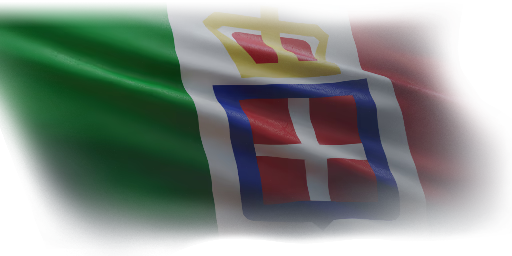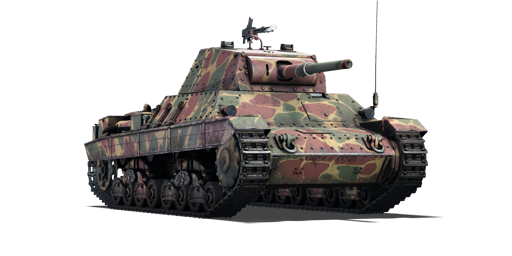During the war in Africa, the Italians found that their medium and light tanks had a lack of armour and insufficient firepower against the Allied tanks. At the beginning of 1940, they began work on a project for a heavy infantry support tank, which was to fight alongside the medium tanks. The project was initially designated as the P75 for its 75/18 mm cannon, which was later changed to a longer 75/32 gun and finally a 75/34 cannon with better anti-tank capabilities. The initial design derived from the contemporary M13/40 tank, but was later revised with sloped armour plate; eventually the vehicle that came out was the P26/40, a heavy tank by Italian army guidelines due to its weight of 26 tons, and the number 40 for the year of design. The vehicle would only see the battlefield in 1943, of which only 5 would be produced before the armistice and in turn would be captured by the Germans, who would produce a hundred more tanks, many of which were used as fixed emplacements without engine.
Introduced along with the initial Italian ground tree in Update 1.85 "Supersonic", the P40 proves to be a balanced vehicle between armament, armour, and mobility: between the APCBC and HEAT shells, it is able to penetrate almost every tank it will meet; the mobility is neither too good nor too bad; and the vehicle can take some damage without problems.
















